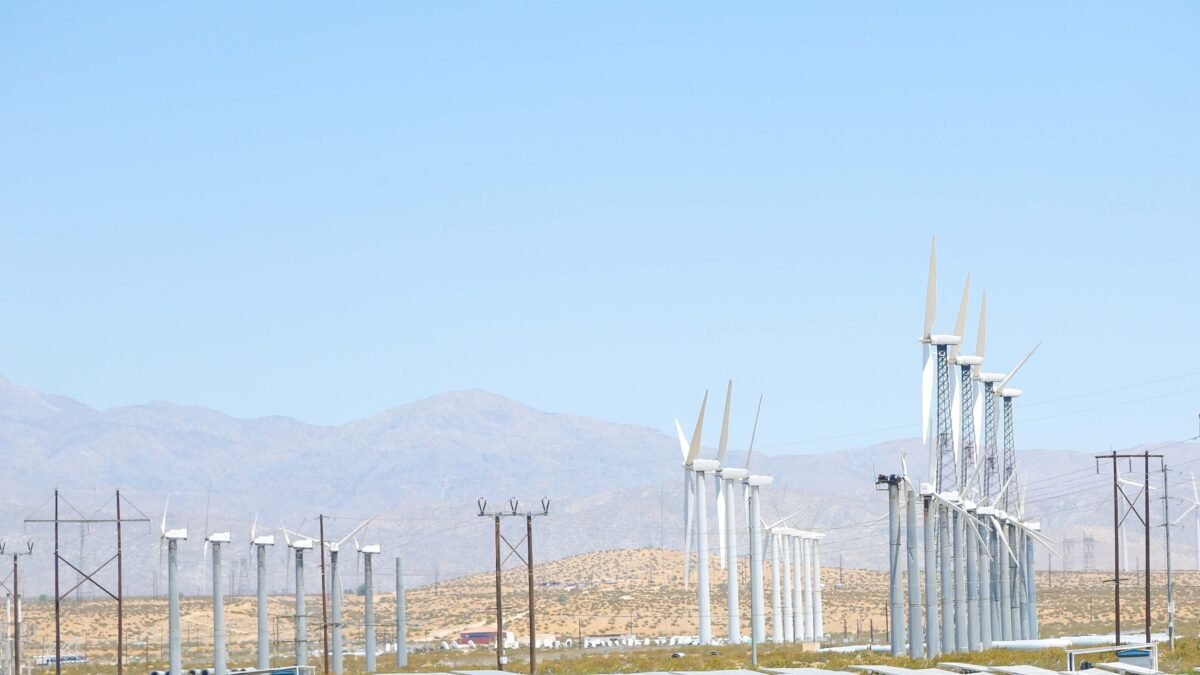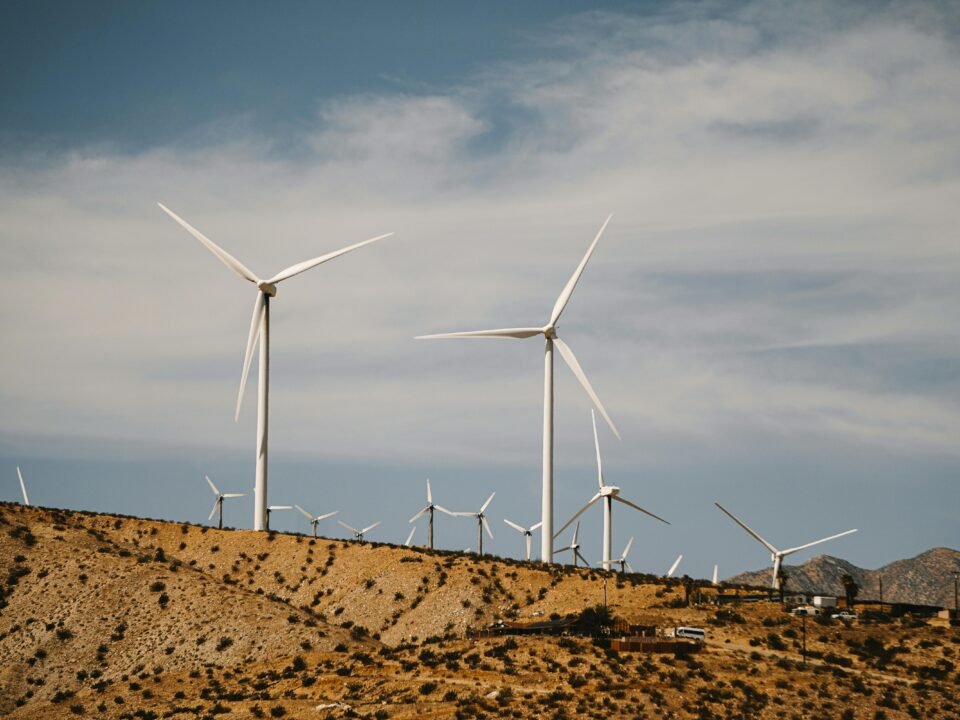India is the world’s third-largest producer and consumer of electricity, with a total installed capacity of 383.5 GW as of October 2021. The country’s power sector is characterized by diverse energy sources, including thermal, hydro, nuclear, and renewable energy. This article will provide a comprehensive overview of power plants in India, highlighting the different types of power plants and their contributions to the country’s energy infrastructure.
Types of Power Plants in India
Thermal Power Plants
Thermal power plants are India’s most common type of power plant, accounting for more than 60% of the country’s total installed capacity. The thermal power plant in India generates electricity by burning fossil fuels such as coal, gas, or oil to heat water and produce steam, which drives turbines to generate electricity. India’s largest thermal power plant is the Vindhyachal Super Thermal Power Station in Madhya Pradesh, with an installed capacity of 4,760 MW.
Hydro Power Plants
Hydropower plants generate electricity by using the force of falling water to turn turbines, which then generate electricity. India has a large hydropower potential, with an estimated potential of 148 GW. As of October 2021, hydropower plants account for 13.7% of India’s total installed capacity. The largest hydropower plant is the Nathpa Jhakri Hydro Power Station in Himachal Pradesh, with an installed capacity of 1,500 MW.
Nuclear Power Plants
Nuclear power plants generate electricity by using nuclear reactions to heat water and produce steam, which drives turbines to generate electricity. India has 22 nuclear power reactors in operation for power generation in India, with a total installed capacity of 6,780 MW, accounting for 1.8% of India’s total installed capacity. India’s largest nuclear power plant is the Kudankulam Nuclear Power Plant in Tamil Nadu, with an installed capacity of 2,000 MW.
Renewable Energy Power Plants
Renewable energy power plants generate electricity from renewable sources such as solar, wind, biomass, and geothermal energy. India has set ambitious targets to achieve 450 GW of renewable energy capacity by 2030, requiring significant investment in renewable energy power plants. As of October 2021, renew power plants account for 20.6% of India’s total installed capacity. The largest solar power plant is the Bhadla Solar Park in Rajasthan, with an installed capacity of 2,245 MW.
There are also significant opportunities in the sector of top solar companies in India, such as the potential for further investment in renewable energy, the need for modernization and upgradation of existing power plants, and the potential for greater regional cooperation in power trading and transmission.
Overall
India’s power sector is characterized by diverse energy sources, with thermal power plants accounting for most of the country’s installed capacity. There is a growing need to diversify the energy mix and increase the share of renewable energy to meet the country’s growing energy demand while reducing its carbon footprint. By addressing the challenges in the power sector and seizing the opportunities that exist, India can build a more sustainable and resilient energy infrastructure that meets the needs of its citizens and supports its economic growth.
To learn more information about the top solar companies in India you are requested to visit the website www.alfainfraprop.com or call at +91 22 42429999 or email at info@alfainfraprop.com




